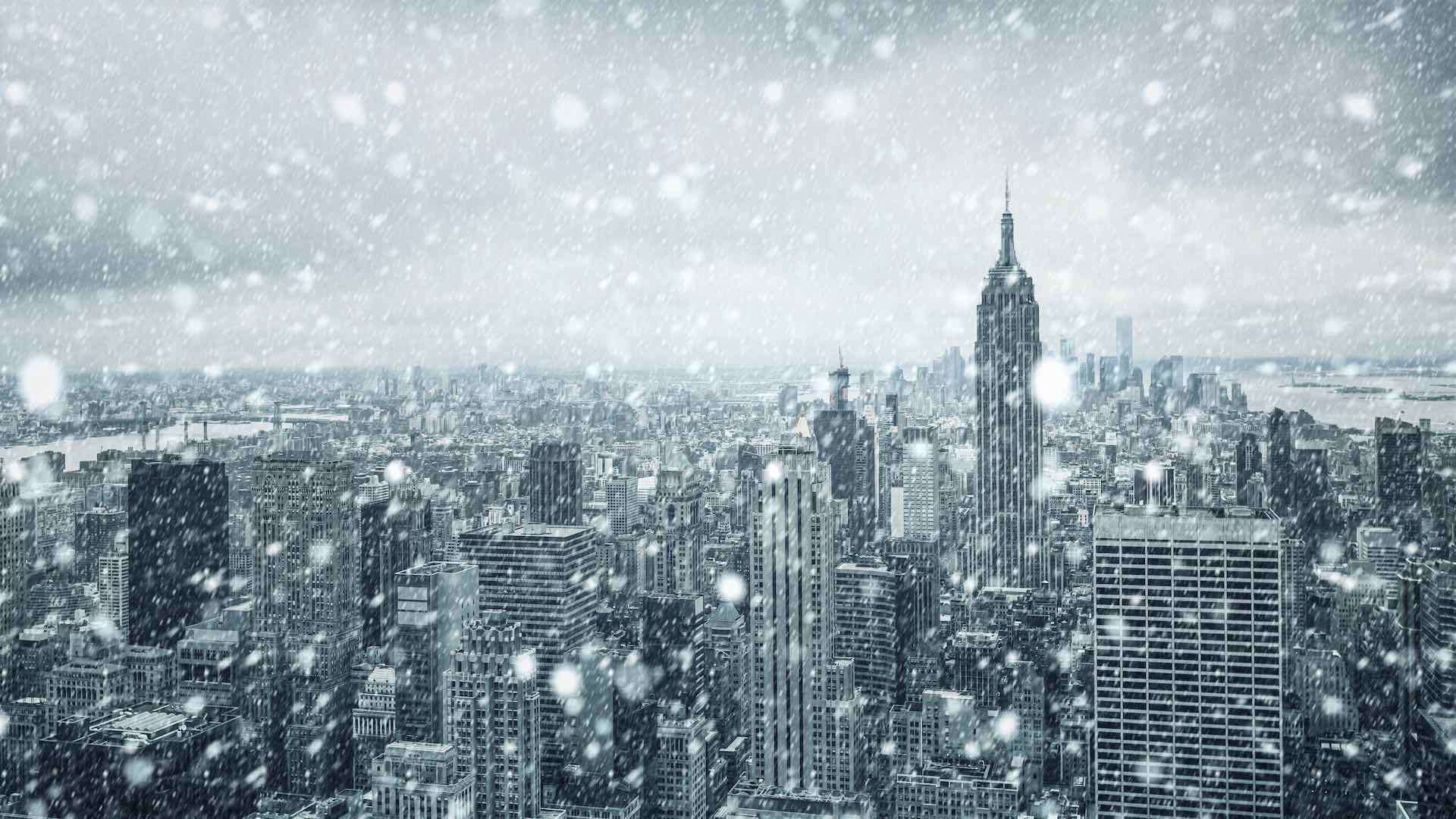In western New York, the death toll from a Buffalo-area blizzard rose to 27 on Monday as the region recovered from one of the most severe weather-related disasters in its history. In the majority of the United States, severe winter conditions prevailed. In Buffalo, the dead were found in their cars, homes, and in snowbanks. AP reports that some people have died while shoveling snow.

Climate change may have contributed to the intensity of the storm, according to scientists. According to Mark Serreze, director of the National Snow and Ice Data Center at the University of Colorado, Boulder, the atmosphere can carry more water vapor. This is because water vapor functions as a fuel. The National Weather Service said Monday that up to 9 more inches of snow could fall in some areas through Tuesday.
The extreme weather extended from the Great Lakes near Canada to the Rio Grande along the Mexican border. From east of the Rocky Mountains to the Appalachians, over 60% of the U.S. population was under some sort of winter weather advisory or warning. FlightAware reported about 2,085 domestic and international flights canceled as of noon EDT on Monday.
